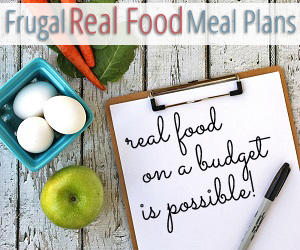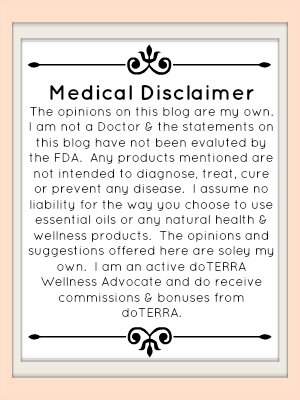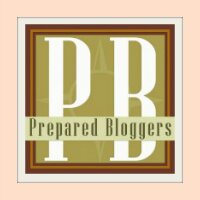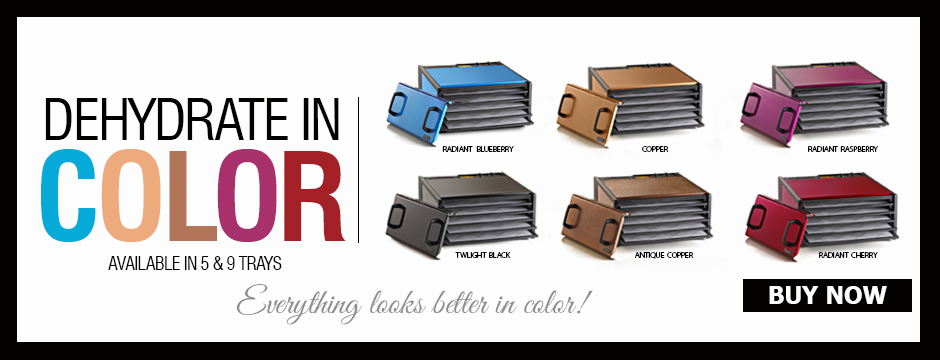Stocking up on Water
Why should you stock up on water? If an emergency or natural disaster strikes, water is one of the most essential items you must have. We don’t realize how much water we use or need to survive. And in instances where we have emergencies or natural disasters they sometimes leave our water source compromised. We may be able to survive weeks without food but we would only last a few days without water.
Uncertain Water Availability
Even if we ration our water intake we would still have to consume 1 gallon of water a day to replenish our bodies from normal exertion. A minimal water intake would consists of 120 gallons of water for a family of four to survive for 1 month. Basic use of water for us consists of sanitation, hygiene, and drinking. These three basic needs constitute a minimum of 50 liters per day per person. With the the basic needs of water a family of four would need 1560 gallons of water to survive for 1 month. But who is to say you will always be able to find and store that amount of clean water if a natural disaster or emergency strikes?
We rely on energized pumps supplied by water distribution systems to give us our “never ending” supply of water(or so we think). Sometimes when emergencies or natural disasters strike, they leave our glasses empty. What are we to do then? We need to learn how to harvest our own water if the need arises. How do we do this? We have to rely on nature.
Yielding Rain
In order to become water self-sufficient we need to harvest and store rain water. To do so we need storage tanks with sufficient capacity connected to our homes gutter systems to collect the rain water. Providing that where we live has regular rainfall this will provide us with enough water to satisfy our un-purified water needs. We will have to use our own judgment to decide how much storage we will need in the event of an emergency or natural disaster. Water can be stored in just about anything from 1 gallon water jugs to hard side metal or plastic tanks even more convenient and less expensive collapsible tanks. The best solution is the collapsible tanks which are made of very tough plastics which meet the Food and Drug Administration requirements for storing water.
Redeeming Rain
Even though the rain water we have stored may be clear and seem safe, it still needs to be purified to be able to drink it, due to pollutants that take up residency on our rooftops and in our gutters. The best way to purify our rain water is to use a purifier that removes sediment, chemicals and pathogenic detritus as well as kills pathogens. An adequate water purifier would execute both pre and post-filters as well as a high-intensity ultraviolet germicidal lamp. Said purifiers must have a bacterial kill rate of 99.99+% including in that kill rate cysts and microorganisms such as viruses, bacteria, fungi, algae and protozoa. This water purifier must also be able to run without an electric source as well as turn water from any source into drinking water.
Become Water Self Sufficient
Now that you have taken all preparations for surviving emergencies or natural disasters with food, weapons, tools, and first aid kits, make sure you have acquired the most vital survival essential: Water!
This article may be hopping around the following Blog Hops: (mis)Adventures Mondays Blog Hop, The HomeAcre Hop, Wildcrafting Wednesday, Homestead Blog Hop, From the Farm Fridays, Simple Saturdays Blog Hop, Simple Life Sunday Blog Hop.
Copyright Notice: This article may from time to time be contributed to third-party sites, but it is COPYRIGHTED, and it may not be used without my written permission. If you are interested in any of my articles, please contact Kat Yorba; Author and owner of Simply Living Simply directly for republishing information.
Affiliate Notice: Many of my blog posts contain affiliate links. Purchasing through an affiliate link does NOT increase the price you pay but allows me to keep blogging, sharing and bringing you great content.
Medical Disclaimer Notice: Nothing in this post is to be construed as medical advice, simply a sharing of things that have worked for me &my family. If you have any symptoms of serious illness, taking medication, pregnant or nursing, or have never worked with herbal materials or essential oils before, please consider consulting a medical professional before use. I am unable to offer advice for your particular medical situation; please ask your Doctor, Nurse Practitioner or Naturopath for further guidance. The statements made here have not been approved by the Food & Drug Administration. These statements are not intended to diagnose, treat, cure or prevent disease. This notice is in accordance and required by the Federal Food, Drug & Cosmetic Act.





























Speak Your Mind